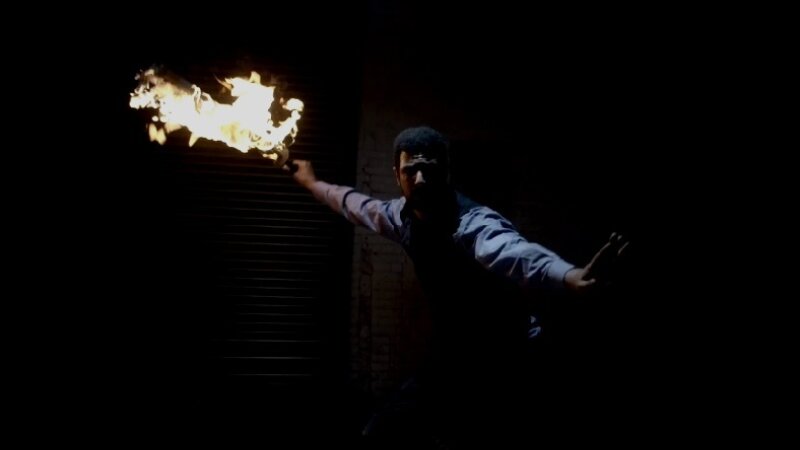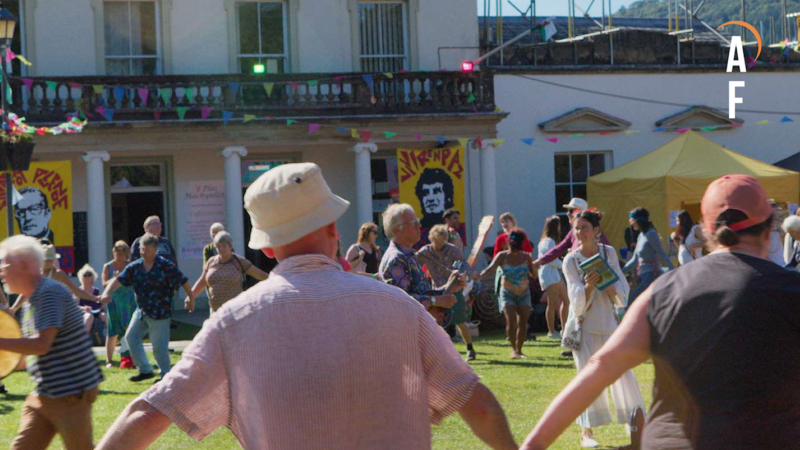THE BEST OF 2013.
DIR. GIUSEPPE TORNATORE.
REVIEWER – RAJ KESAV.
Italian auteur Giuseppe Tornatore (of Cinema Paradiso fame) makes his foray into English language cinema with the eagerly anticipated La Migliore Offerta (The Best Offer), a romantic mystery drama centred around Virgil, an old and established art auctioneer and Claire, his latest object of fascination, a young agoraphobic heiress to an art collection.
Through his uncanny ability to identify and evaluate art, Virgil has become the most sought-after among art auctioneers, a recognition he had also used to squirrel away and build a sizeable collection of his own in secret. His collection of exclusively female portraits from different periods are also the only women Virgil ever knew or cared about, until Claire.
What begins as a plausible May-December romance changes focus intermittently, enabling Tornatore to delve deep into the nature of art, passion and love.
Central to the theme is the connection between an authentic and forged work of art, and how even the most determined of forgers would inadvertently reveal something ‘authentic’ about themselves in the works they replicate. The question Tornatore poses is not only whether forged works should also be considered art, but also whether it even matters.
This acts as the cog that enables various connected plot devices to function, such as the discovery and restoration of a medieval automaton – as the disparate pieces fall into place and the contraption takes shape, ready to function, so will Virgil and Claire begin to connect and experience human relationships they had avoided so far. The film reaches its poetic conclusion in a restaurant, with Virgil sitting at a table surrounded by wheels and cogs in perpetual movement.
Tornatore has constructed an intricate masterpiece of a film to remind viewers of his country’s cinema pedigree, from neorealism and commedia al’italiana to the Italian crime fiction genre. The exquisite cinematography and production design is complimented by a haunting music score by the legendary Ennio Morricone.
Geoffrey Rush gives yet another Oscar-worthy performance, perhaps even his best, as the unscrupulous protagonist. The only discordant note in the film might be the English dialogues, which appear to have been translated almost word-for-word from Italian, due to which some common Italian expressions might fly past an English audience. Nevertheless, it is a truly magnificent film that reaches artistic heights very rarely seen in cinema.
|DIR. PAOLO SORRENTINO.
REVIEWER – ANNA PINTUS.
As Cinema Paradiso is a celebration of the cinematic form, so is La Grande Bellezza (The Great Beauty) a representation of the visual richness and depth that the filmic form is able to evoke.
Whilst Rome is championed as a city of great beauty, it is conversely exposed as a vacuous space, populated with the lonely and lost. Moments of real beauty come from the hidden, the cleverly concealed. In a film of startling contrasts, director Paolo Sorrentino forces us to pause and meditate on the reality behind supposed ‘beauty’ and how life can blind us to this truth.
Protagonist Jep is an ageing writer, questioning the validity of his life as he spends his nights engulfed in the carnivalesque. The parties that sweep across the city glimmer, full of colour and infectious Euro pop, but on closer inspection the candid camera moves to expose the ageing revellers in an unflattering fashion. This image is set against the great historic beauty of the Colosseum, only a stone’s throw away. The camera work is exquisite as it moves around the angles of some of the world’s most famous architecture. It is not the writer but the camera that creates a love letter to Rome, using true beauty to frame and expose the fakery of modern culture. Modernity becomes the ridiculous, as naked women run into brick walls whilst shouting about artistic integrity.
Spending decades in suspended animation, Jep struggles to reach the memory of his lost love. The movement of the sea is the image he returns to to recall his youth, a period of change and possibility. But his memory is unfinished, unsatisfactory. Unlike the vast and open sea, there is little movement in Jep’s existence.
The film’s most powerful image comes towards its conclusion. Jep visits an outdoor exhibition, a series of photographs of the same man from infancy to adulthood. There he finds beauty in progression, in the process of living, and questions what will represent him at the end of his life. A novel he wrote when he was only 20? “I am nobody,” rings out as the film draws to a dissatisfied close.
La Grande Bellezza considers the resilience and relevance of history – a comparison between the old and the new, an examination of what it is to live and, most importantly, a celebration of the rich beauty that surrounds us, if only we take a second to look.
)




